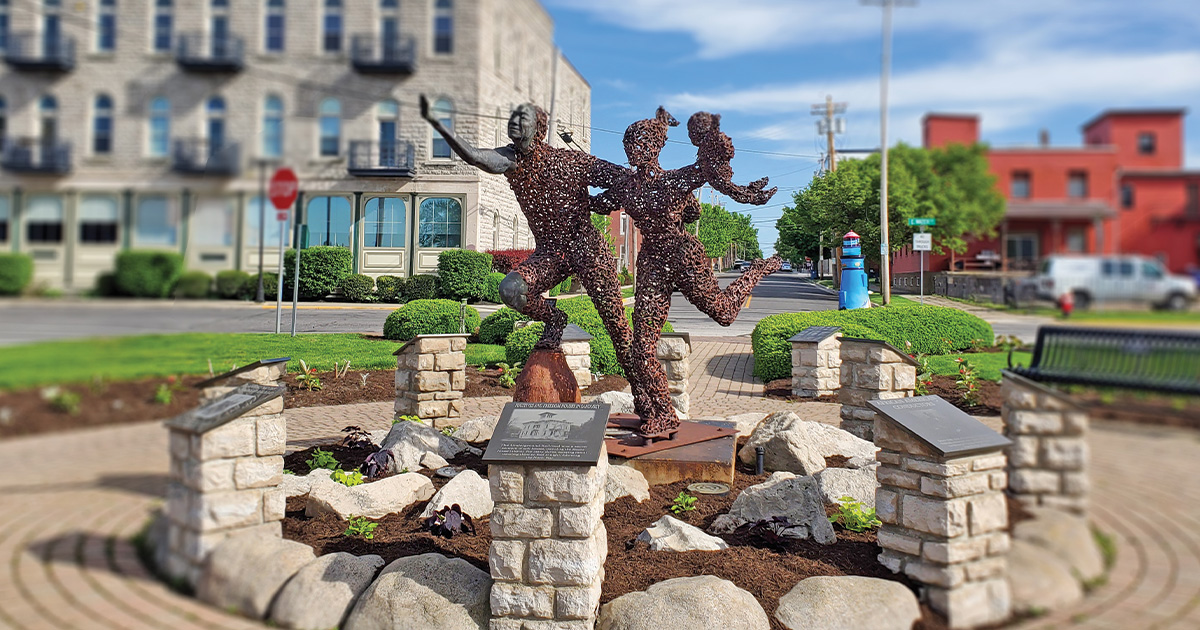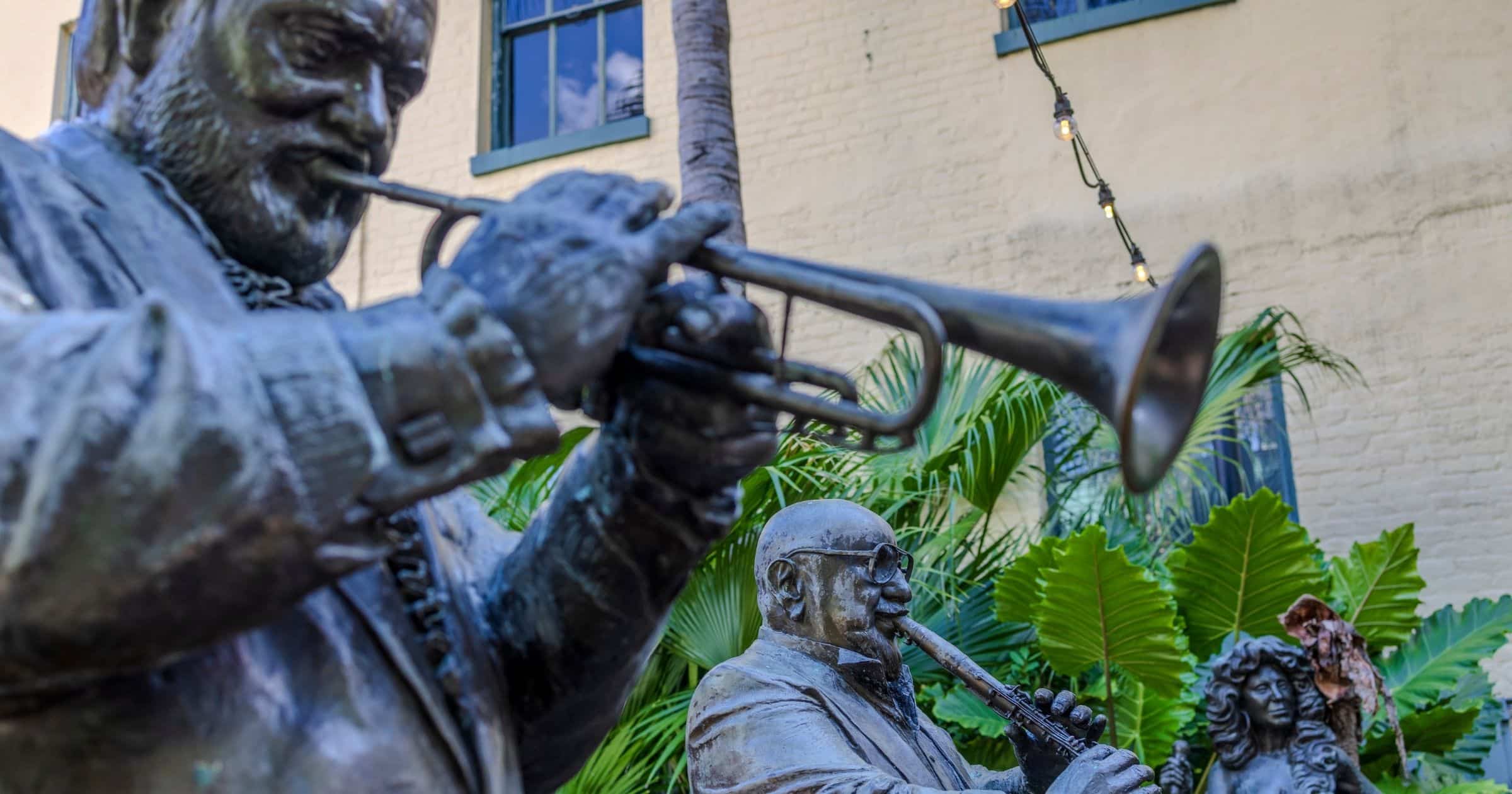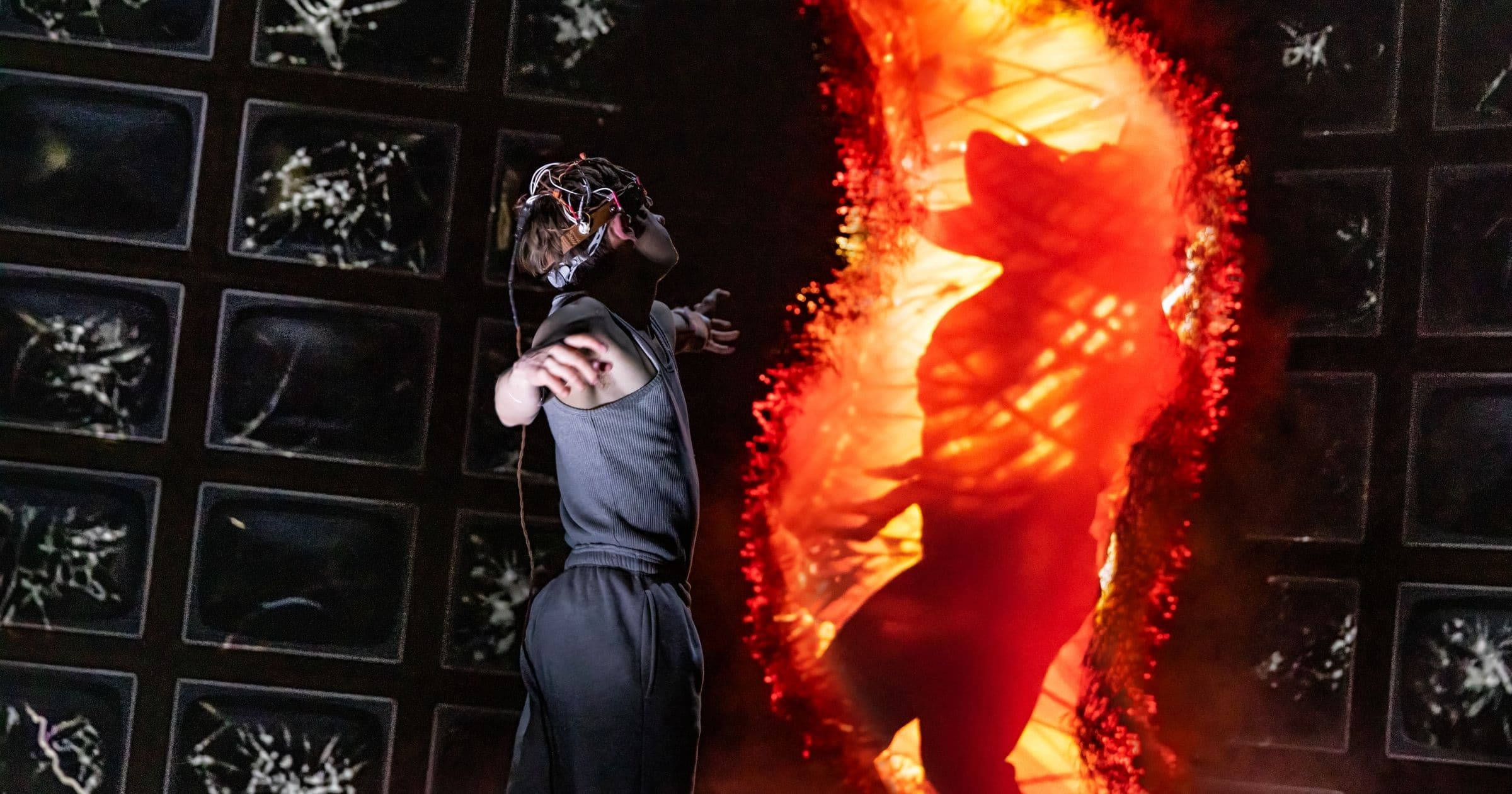Sandusky, Ohio, boasts significant ties to the Underground Railroad movement, offering compelling opportunities for student groups exploring Shores & Islands Ohio to delve into its rich historical legacy. During the mid-19th century, Sandusky emerged as a pivotal hub along the clandestine network that provided sanctuary to enslaved individuals seeking freedom.
Its flat terrain and strategic location near Sandusky Bay facilitated swift passage for those journeying towards liberation in Canada. The city abounds with private homes and businesses that served as safe havens, with citizens playing vital roles in the Underground Railroad’s operation.
Shores & Islands Ohio offers several opportunities to immerse students in the region’s history. The Maritime Museum of Sandusky serves as an insightful introduction, showcasing the area’s maritime heritage through interactive exhibits covering diverse topics such as ice harvesting and passenger vessels. An extensive exhibit dedicated to the Underground Railroad sheds light on Sandusky’s pivotal role in this historic movement, offering poignant insights into the challenges faced by freedom seekers crossing Lake Erie.
Facer Park, home to the stirring “Path to Freedom” sculpture by local artist Susan Schultz, symbolizing the courageous journey of individuals breaking free from enslavement, surrounded by pedestal displays paying tribute to those who shaped Sandusky’s Underground Railroad narrative.
Shoreline Park, offers a serene setting for a group lunch amidst scenic views of Sandusky Bay and Cedar Point. Exploring the former docks and pedestrian bridges provides captivating views of the waterfront.
A short driving tour passes significant homes instrumental in the Underground Railroad movement. The Rush R. Sloane house, listed on the National Historic Register, highlights the sacrifices made by abolitionists like Sloane, who faced trial and fines under the Fugitive Slave Act. The Joseph M. Root house, once home to a radical abolitionist, attorney, and Mayor of Sandusky, offers further insights into the city’s history.
The Follett House Museum, housed in the former residence of Oran and Eliza Follett. Eliza’s compassion for escaping slaves led her to shelter many in their home, underscoring Sandusky’s pivotal role in the Underground Railroad. The museum’s exhibits span Sandusky’s history from the War of 1812 to the Civil War era, offering a comprehensive understanding of the region’s heritage across four floors of artifacts.
The Second Baptist Church was founded in 1849 as Zion Baptist Church by a group of seven former enslaved people and freeborn blacks. It was also known, prior to the Civil War, as the First Regular Anti-Slavery Baptist Church. The church was an active “station” in Sandusky and many freedom seekers were hidden, fed, and clothed here. The present-day church is constructed around the original church’s wooden framework, and along with the adjacent parsonage, is listed on the National Register of Historic Places.
Sandusky’s famed Jackson Street Pier is popular and inviting space welcomes your group to enjoy the Sandusky Bay waterfront. As a final tie to the Underground Railroad history, this spot is between the dock described by Stowe in Uncle Tom’s Cabin and the “Big Four” dock at the foot of Lawrence Street where many “fugitives” came in by actual rail car and escaped via abolitionist boats.
Bring your student group to experience Sandusky’s rich Underground Railroad history. Contact Joey Sugalski at Shores & Islands Ohio to set up your customized itinerary, group dining experience, or overnight accommodations. Visit SHORESandISLANDS.com/groups today to plan your tour.
Photo Courtesy of Shores & Islands Ohio.




